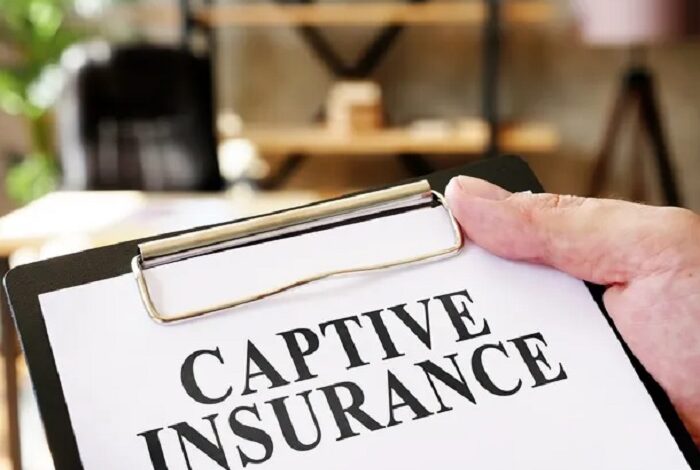This article focuses on the private label because it is the most scalable alternative while still feasible for newer sellers. The first step in starting a personal label business is to develop product ideas. The other options are nearly unlimited, but you can’t expect to make money by picking a product at random. Learn more about Amazon Sellers guide for correct information.
1. Find an Amazon Product to Sell
Now that you’ve decided to sell on Amazon, the first thing you need to do is figure out what you want to sell. One of the most crucial responsibilities in this procedure is the initial research you undertake. The data you collect and the product decisions based on that data will influence whether your project succeeds or fails.
2. Register for an Amazon account.
You’ll want to make yourself official and register a Seller Central account once you’ve decided on a product to offer. This will serve as the hub of your online business. Using this portal, you may create product listings, manage your inventory, check reports, and more.
You’ll begin by entering a valid email address, after which you’ll be prompted to enter the following information. To make the procedure go more smoothly, make sure you have all of the following statements on hand:
- Name and address of the company
- Number to call
- Information about your credit card or bank account
3. Select a Fulfillment Method
The next step is to decide on a fulfillment option for your products. The responsibilities of storing, choosing, packing, and distributing products to clients are fulfilled. Fulfillment by Amazon and Fulfillment by Merchant (FBM) are the two options:
-
- FBA: The easiest way to describe this strategy is to use Amazon’s terminology: “You sell it. “We’ll send it.” When you use the FBA model, you send your products to an Amazon fulfillment center, where Amazon will pick, pack, and ship them when a consumer places an order. Customer support issues, including returns, are also handled by Amazon. It’s a simple, hands-off model, but it’s crucial to note additional costs.
- FBM: You sell your products on Amazon and handle all aspects of storage and order fulfillment using this method. You are also liable for any late packages, missing or damaged.
4. Make a listing on Amazon.
In this stage, you’ll log into Seller Central and start developing your product listing, which is the page where a shopper can learn more about and buy your goods. A product listing is your chance to explain your product, what it does, and why customers should buy it. When describing your product, it’s critical to be as precise as possible. You should also add any necessary details, such as ingredients, materials, dimensions, and everything else a customer might need to know.
5. Locate a Producer
Assume you’ve decided to offer private-label products as an Amazon FBA seller. What source do you use for your inventory? The purpose of this phase is to respond to that query. It’s time to look into the various manufacturers and choose the ideal one for your company.
Final thoughts
Imitating the success of a successful product or competing against products with bad Amazon product pages aren’t the only ways to find potential possibilities. Before making a decision, you should extensively investigate the items, competition, keywords, and market trends. Before you start formulating, be sure you have everything you need.





